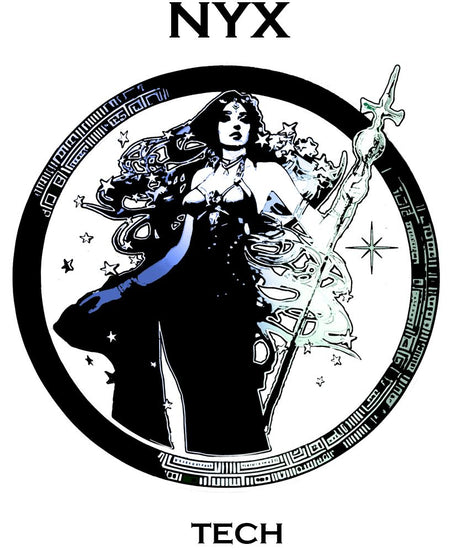How To Use (obsolete)
Basic Instructions
The Nyx Tracker is designed with ease of use in mind. Below you will find the instructions that come with the tracker. Click to enlarge. Click here for Revision 1 (purchased before July 2018).
Exposure Times
When taking pictures of the stars without a star tracking mount, astrophotographers use the "500 rule" to calculate exposure times before star trailing becomes apparent. For example, if using a lens with a 50mm focal length, the exposure should be less than 500 / 50 = 10 seconds, otherwise you will get star trails. Keep in mind that this is a rule of thumb, and if your target field of view is far from the poles, exposure time should be a bit shorter. Also keep in mind that if your camera uses a crop sensor, you will need to convert the lens focal length to an effective focal length by multiplying by 1.5 (or 1.6 for Canon).
The table below is the recommended starting point for exposure times when using the Nyx Tracker. It is based upon a "2500 rule." With exceptionally good alignment and stability I have been able to far exceed these exposure times (10 minutes at 12mm, effectively a 7000 rule), but I don't recommend the novice pushes it until they familiarize themselves with the entire astrophotography process and the tools used, including the Nyx Tracker.

Additional Tips
- Your stars will appear sharper if the tracker is undisturbed by wind or footsteps while exposing. And definitely take care not to bump it!!
- It takes a few seconds for a tripod and tracker to stop wobbling after you press the shutter button - use the 10s timer feature to begin the exposure after everything is settled.
- Put your tripod on stable earth - not a car, a bench, or in a building.
- All camera lenses have aberrations - manufacturing errors that make images distorted. This is especially pronounced at low f-stops. If your lens has a variable aperture, stop down one or two stops and you'll likely see a significant reduction of aberration, especially at the edges of your images. So if you have an f/1.8 lens, stop down to f/2.0 or f/2.2 for better images.
- Full frame sensors, although more expensive, always produce better images. Not only do they have higher resolution, but each individual pixel is usually ~2x as wide. This quadruples the area and increases "full well capacity" by a similar factor. This means your signal to readout noise ratio will also be 3-4x better.
- Think about investing in a good lens. Look for something with a large aperture / low f-stop (2.0 or less) that has a focal length less than 50mm. Search the internet for "good astrophotography lenses" for recommendations.
- In order to stack and process pictures, you will need software. Here are some favorites:
- Photoshop (can both stack and process)
- DeepSkyStacker aka DSS (for stacking only, FREE)
- PixInsight (can both stack and process)
- IRIS (can both stack and process, FREE, sharp learning curve)
- I have found Dr. Roger Clark's astrophotography website to be one of the best resources for getting the most out of your data. Check out his free color stretching tool, rnc-color-stretch (this is an advanced processing tool and requires some tech savviness).
Good luck in your photon capturing, I wish you the best cloud-free skies!!



